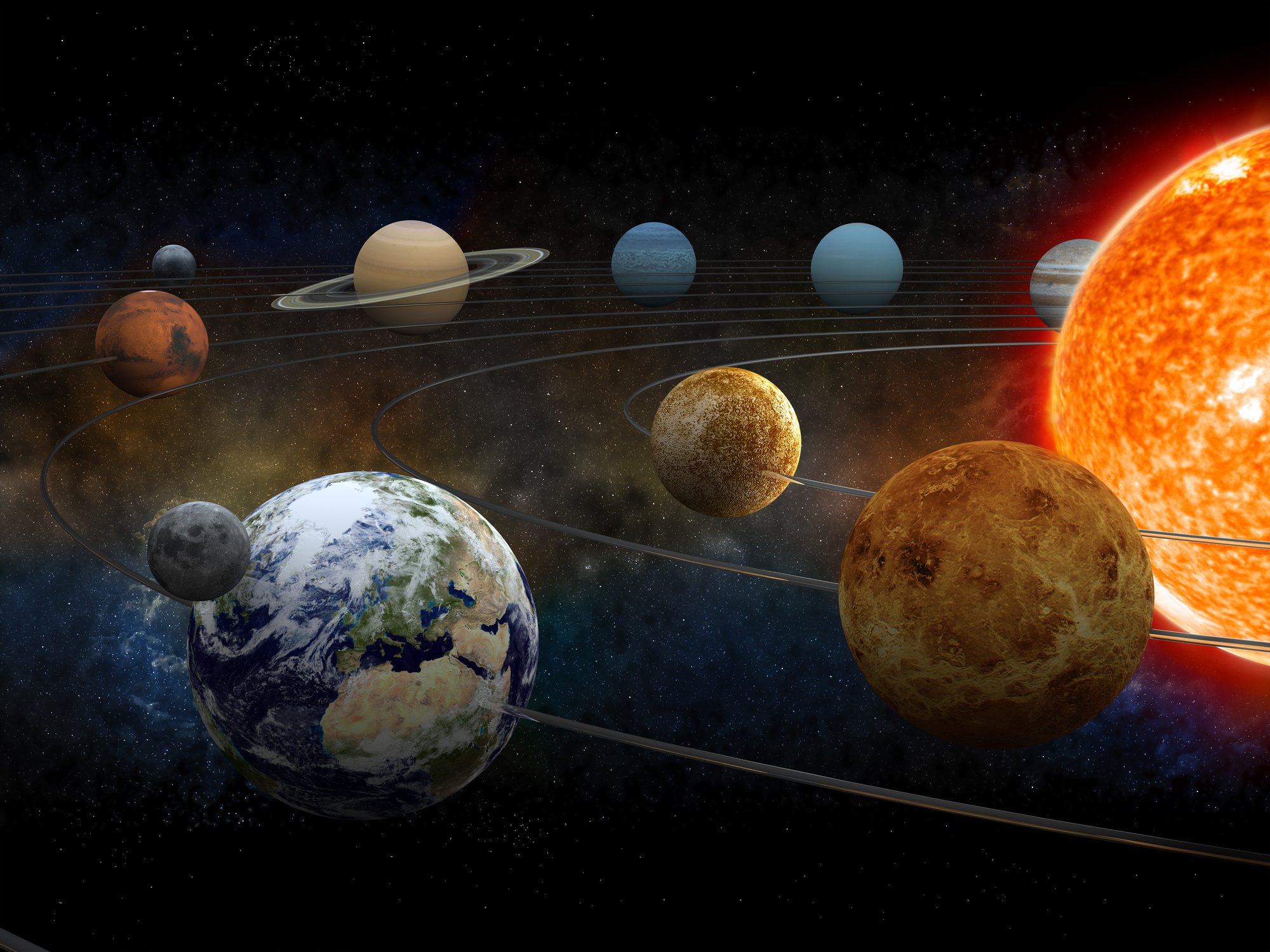The Solar System consists of eight planets in an almost straight alignment, including the ‘pale blue dot’ we call home; In some cases, it is very similar to the pattern that shows all the planets being aligned with the Sun. the majority of celestial bodies orbit within three degrees of the Earth’s orbital plane around the Sun; Some Kuiper Belt objects may have an inclination of up to 30 degrees.
our system It was formed about 4.5 billion years ago when a dense cloud of cosmic gas and dust in the Milky Way condensed.. The cloud likely collapsed after a supernova explosion near the area, subsequently forming a solar nebula.
“It’s an exciting time because many planets have been discovered in other solar systems, such as by NASA’s Kepler space telescope and the Transiting Exoplanet Survey Satellite (TESS), and many of them look very different from the planets in our Solar System. So we need to create new ways of thinking about planet formation that explain the diversity of planets we currently know,” said Rebekah Dawson, an assistant professor of astrophysics and astronomy at Pennsylvania State University in the US.
Reality The formation of Solar Systems is not much different from our system, Therefore, scientists are also examining similar spatial regions in other phases to try to understand the evolutionary history of planets in our cosmic backyard. For example, scientists can answer questions about the formation of our Solar System by studying ongoing planet formation.
To understand a little better how solar systems are born, we gathered information from astronomers, astrophysicists, and other experts in the field.
Birth of Solar Systems
The solar system is generally a planetary system. It consists of a central star and celestial bodies that revolve around it due to their strong gravitational attraction. For example, it is the Sun that allows planets, moons, asteroids and other celestial bodies to orbit in alignment, a sort of ‘orbital dance’.
It is important to emphasize that despite the similarities, solar systems spanning the universe are not identical in all their properties. After all, the sizes, compositions and arrangements of each celestial body may be different.
For example, a recent study showed that there is a system of six ‘sub-Neptune’ planets in a perfect orbital state orbiting the star HD110067, about 100 light-years from Earth.
Other solar systems like ours formed from a collapsing nebula, a phenomenon also known as a star birthplace. Most of the matter in these systems consists of hydrogen, gas, dust, rocks, and other elements; During the process, these cosmic materials are pulled towards the center of the nebula due to gravitational collapse.
If the compression of the nebula increases the central temperature until it reaches the thermonuclear melting point, the central mass will transform into a protostar. It’s a young star that’s starting to accumulate dust from the rest of this reaction, but the elements around it are formed depending on the region of the universe.
For example, during the formation of our Solar System, heavy elements such as iron and titanium, which are commonly found on Earth, were formed.
The cosmic journey of the creation of planets
In other words, this protostar will evolve into a massive central star that will attract everything around it, just like the Sun does to Mars, Jupiter, Pluto, and other celestial bodies. Matter not included in the star and orbiting around it will transform into a protoplanetary disk from which the first planets will begin to form.
“About 99.9% of the matter fell into the center of the cloud and became the Sun. When the center became hot and dense enough, it triggered nuclear fusion. Visible light then filled the solar system for the first time. 0.1% triggered nuclear fusion. London’ “Most of the matter continued to orbit the Sun, causing the randomly shaped cloud of gas to form a flat disk,” said researcher Tim Gregory from the Museum of Natural History in New York. “This flat disk, called the protoplanetary disk, is where planets form,” he said, United Kingdom.
As the disk began to cool, the solids formed in this process formed larger and larger clumps of mass until they became planets.
The elements formed during the development of the protostar are important for the characteristics of the celestial bodies that will develop later. In our system; Elemental types influenced the formation of planets with metallic cores, such as Earth, Mercury, Mars, and Venus.
Did you like the content? Stay up to date with more astronomy curiosities at TecMundo. If you wish, take the opportunity to understand how astronomers know the age of planets and stars.
Source: Tec Mundo
I’m Blaine Morgan, an experienced journalist and writer with over 8 years of experience in the tech industry. My expertise lies in writing about technology news and trends, covering everything from cutting-edge gadgets to emerging software developments. I’ve written for several leading publications including Gadget Onus where I am an author.













